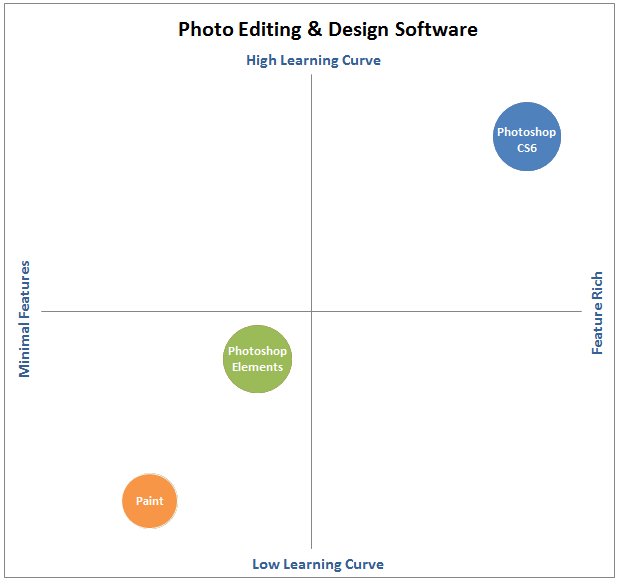
Usability testing is important. The trouble that many companies (big and small) run into is addressing every complaint reported by users during the key elements of usability testing without thinking back to the strategic direction of their product.
If you clicked on this post, chances are you don’t need us to tell you that usability testing is important. But just in case you haven’t heard it before… usability testing is important.
There’s a great article on website usability testing we came across here. It does a great job of breaking down the key elements of usability testing.
Here, we’re focusing on the first two elements – learnability and feature availability. Then, we’ll share some insights we learned along the way.
5 Key Elements of Usability Testing
- Learnability: How easy is it for users to accomplish basic tasks the first time they encounter the product?
- Efficiency: How fast can experienced users accomplish tasks?
- Memorability: When users return to the product after a period of not using it, does the user remember enough to use it effectively the next time? Or does the user have to start over again learning everything?
- Errors: How many errors do users make, how severe are these errors and how easily can they recover from the errors?
- Satisfaction: How much does the user like using the system?
The priorities placed on each the above elements will vary depending on your target audience.
Adobe’s Photoshop CS6 program, for example, has a relatively steep learning curve. It takes some time to learn, but once you get past the learning curve, the possibilities are endless.
Learnability in this case would likely score very low, whereas satisfaction might score very high.
Does this mean the design team needs to go back to the drawing board and make the product easier to use? Not so fast.
Whether the team needs to make the product easier to use depends more on who the product is designed for than the actual ratings of the study.
How to Use Your Usability Data To Get Real Results
Now with these key elements of usability testing in mind, how do you get real results?
Think of usability testing as a compass to tell you where your product fits within a perceptual map. Instead of quality and price, we’re measuring (in this case) learnability and feature variety.
A good idea would be to draw your ideal perceptual map(s) before usability testing has even started. Once you’ve completed your usability testing and you have your data, create another perceptual map with your actual data.
Compare your ideal map with the map from your new data. Where do the two differ?

In many (ok most) cases, there isn’t a linear path to get to the “ideal map”. Increasing ease of use might make the product less precise, powerful or efficient.
If you, like Adobe, have target customers with different needs and desires, it might be necessary to narrow down on a group with the same needs or expand your product offerings with multiple products that address different needs.
Adobe didn’t make Photoshop easier to use at the risk of sacrificing control, precision and efficiency. Instead, they introduced Photoshop Elements, a simpler, much easier to use version of the software.
Don’t give into the urge to address every complaint reported in your usability tests. Make sure you know how addressing each area of your product will affect your product as a whole.
Are you making any sacrifices in other areas of the product to fix one in particular? If so, what’s the trade off and how will it affect the overall perception of your product?
Next steps
The work you put into usability testing data collection is totally wasted if you don’t put in an equal amount of work organizing and analyzing it afterward.
The value you get from mining that data in different ways will surprise you, and will make your project better, long after the testing itself is over.
Want to learn how we can help you unlock more insights through usability testing? Check out our usability testing services.


